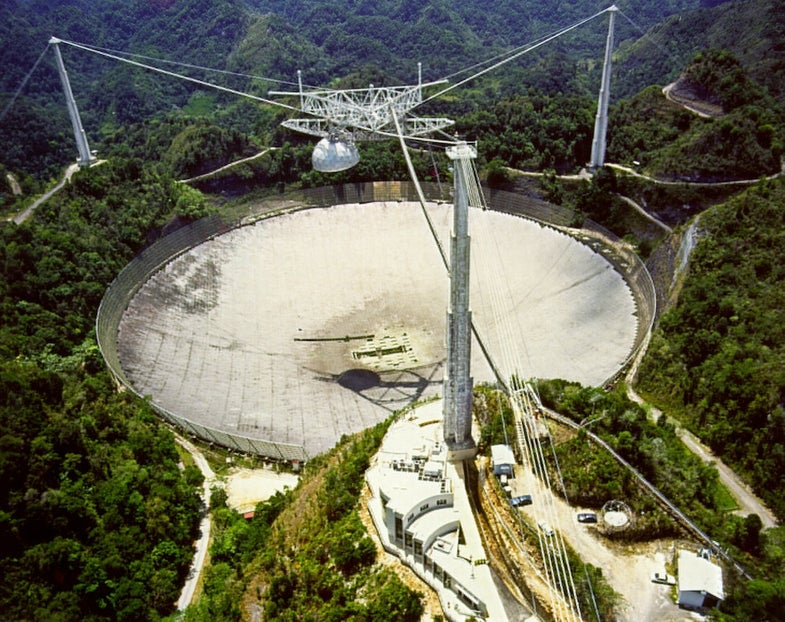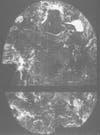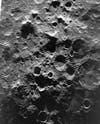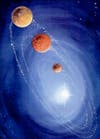When Cornell University built the Arecibo Observatory in Puerto Rico—near the equator, so it could observe the planets without needing to move its 1,000-foot-wide reflector—people hadn’t even set foot on the moon yet. They wouldn’t for another six years.
Since its construction, Arecibo has contributed to generations of astronomy. Researchers first set its radar and radio instruments to discover basics, such as the speed of Mercury and Venus’ rotations and the surface features of the moon and planets neighboring the Earth. Later, data from the observatory would lead to the discovery of the first planetary system revolving around an alien sun. Today, it is still one of the world’s largest radio telescopes and is available to scientists 24 hours a day, every day. Astronomers use Arecibo data especially to study far-off objects such as galaxies, asteroids and pulsars, the rotating neutron stars that emit radio energy in regular waves.
In honor of the radio telescope’s 50th birthday on November 1, here’s a look at some of the greatest hits in its history.
Click on the thumbnails below to enter the gallery.
Is That You, Venus?
In 1967, then-graduate student Ray Jurgens used Arecibo data to discover a new feature, called Maxwell, on the surface of Venus. So obvious in this image, right? At this time, astronomers were still determining basic information such as the inner planets’ rotation rates. After a renovation, Arecibo made much sharper surface images, which you’ll see ahead.
Reading the Pulsars
In the late 1960s, astronomers listening in to data from Arecibo and other radio telescopes made the first discoveries about pulsars, which are rotating cores left over from exploded supernovas. Pulsars give off radio emissions at regular intervals, which initially made astronomers think the signals were messages from intelligent aliens, Popular Science reported in 1969. Sadly, they soon realized that wasn’t true. Astronomers still use Arecibo data to study pulsars today, although other instruments make for prettier pictures. This image shows the Vela pulsar, taken by NASA’s Chandra X-ray Observatory in 2013.
Mapping the Neighbors
In its first two decades of operation, Arecibo’s radar data helped astronomers map the surface of nearby planets and the moon, all without ever having to leave Earth. To the left is a mosaic image, made from Arecibo data, showing the surface of Venus. Arecibo’s mapping of Mars helped NASA choose a place to land Viking 1, Popular Science reported in 1976.
Bright Clues
Radar reflects off ice differently than it does off of the silicate rock that makes up most of Mercury’s surface, so astronomers used Arecibo’s radar data to come up with some of the first evidence that there may be ice in Mercury’s poles. Later, visiting spacecraft provided even stronger evidence. This image shows areas around Mercury’s north pole that Arecibo data marked as highly reflective.
Moon Craters
In the 1990s, astronomers looked for ice in the craters of the moon using Arecibo data. This image was made at Arecibo during that hunt, which didn’t find anything. The white cross marks the moon’s south pole.
Other Worlds
The first-ever evidence for a planetary system that orbits a star other than our own sun came from Arecibo. Popular Science gave the discovery a Grand Award in December 1994.
In 3-D
This dog bone is actually an unusually-shaped asteroid called 216 Kleopatra. In 2000, computer software analyzed radar signals from Arecibo to create this 3-D model of the object. In life, Kleopatra is about 135 miles long.







